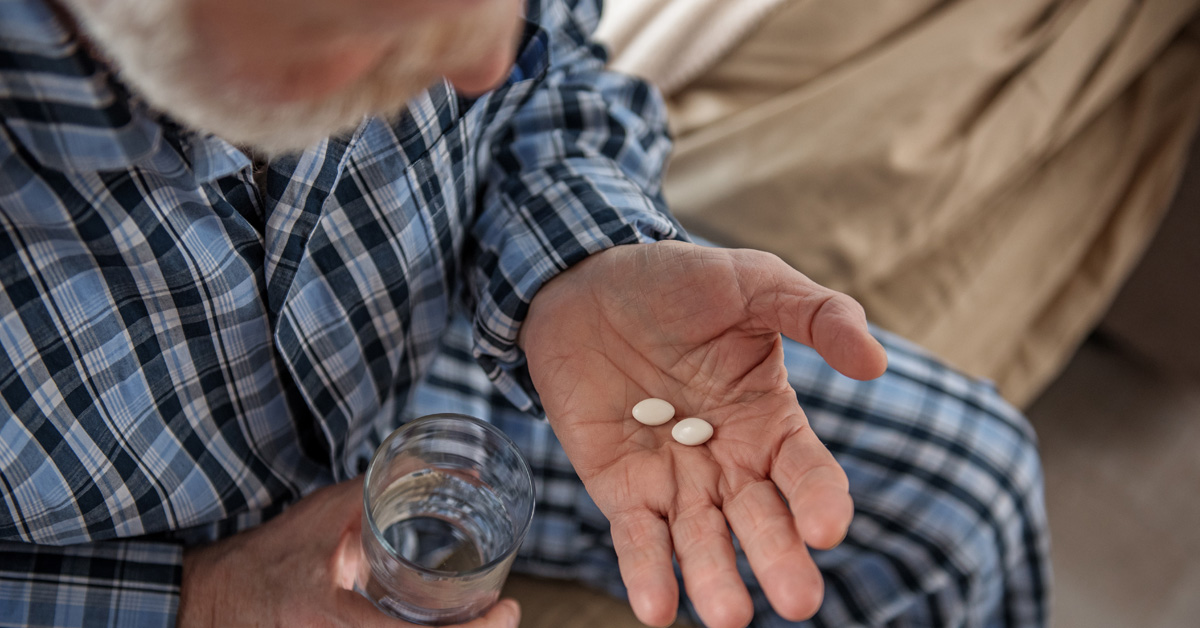
Hospice Decreases Spending $11,300 per Patient in a Recent Study. Minorities Half as Likely to Receive Hospice.
A recent study out of The Ohio State University confirms that hospice reduces healthcare spending. Patients in hospice have medical bills reduced by $11,300 on average, compared to matched patients who do not receive hospice.1 The study also shows that racial and ethnic minorities are much less likely to receive hospice. These recent findings agree with previous studies.
Researcher Daniel Rice and colleagues focused on end-of-life expenses for patients with hepatocellular carcinoma (HCC). This common type of primary liver cancer is on the rise in both incidence and costs. They used a Medicare-linked database to study the records of 14,639 patients with HCC. Overall, 63.7% of patients received hospice. Unfortunately, only 31.1% of patients belonging to racial/ethnic minority groups received hospice. The most important benefits of hospice include improved pain/symptom control, improved emotional status for family, and higher care satisfaction. However, the cost savings of home-based care also merit mention. Rice et al. found that patients in hospice spend $10,000 less on inpatient care. Additionally, they spend $1,300 less on outpatient care.
Hospice Saves Money for Patients
In the hospice benefit, original Medicare pays 100% of allowable charges. That includes nursing, therapy, aides, equipment, medications, and supplies related to the hospice diagnosis. Patients have no copays and no deductibles. This saves money for families. What’s more, these savings grow as families have more time in hospice.
Hospice Saves Money for Medicare
Earlier studies agree that Medicare also saves money while patients are in hospice. Despite the fact that patients in hospice tend to live longer, people receiving hospice at home need hospital and ER care less. Even though Medicare waives deductibles and copays for people in hospice, an earlier study found that Medicare saves an average of $9,000 per person when patients choose hospice. Medicare could be saving even more money. The average American spends less than a month in hospice, but when people have hospice for two or three months, savings triple.6
Minorities Receive Less Hospice
The current study also agrees with earlier studies in that minorities continue to receive less hospice. For instance, Ornstein et al. report that white Americans use three or more days of hospice care in 46.2% of deaths, while black Americans use hospice 34.9% of the time.3 This affects overall care in ways that are costly and not in keeping with general preferences. Most people report that they want less invasive care at the end of life.4 However, in the last six months of life, black Americans prove 35% more likely to have multiple emergency department visits, 35% more likely to be hospitalized, and 94% more likely to undergo intensive treatment.
There is one aspect in which the current study departs from previous findings. The work of Ornstein et al., published in 2020, found that black Americans used hospice at normal rates when the diagnosis was cancer. However, the current study focused specifically on a type of cancer and found that minorities were much less likely to receive hospice. Why do minorities receive less hospice? You can read more about that in our October 6, 2020 article, “Why Black Americans Receive Less Hospice.”
Conclusion
The primary reason for choosing hospice is to have the most appropriate type of care at the right time and to ensure the best possible quality of death. Cost savings are only a secondary benefit. However, the current study confirms that families and payors continue to benefit from significant savings in hospice.
References
- Rice DR, Hyer J, Diaz A, Pawlik TM. End-of-Life Hospice Use and Medicare Expenditures Among Patients Dying of Hepatocellular Carcinoma. Annals of Surgical Oncology. 2021 Sep;28(9):5414-22.
- Taylor D, Ostermann J, et al. What length of hospice use maximizes reduction in medical expenditures near death in the US Medicare program? Social Science & Medicine. 1466-1478.
- Ornstein KA, Roth DL, Huang J, Levitan EB, Rhodes JD, Fabius CD, Safford MM, Sheehan OC. Evaluation of Racial Disparities in Hospice Use and End-of-Life Treatment Intensity in the REGARDS Cohort. JAMA Network Open. 2020 Aug 3;3(8):e2014639-.
- Silveira MJ, Kim SY, Langa KM. Advance directives and outcomes of surrogate decision making before death. New England Journal of Medicine. 2010 Apr 1;362(13):1211-8.





